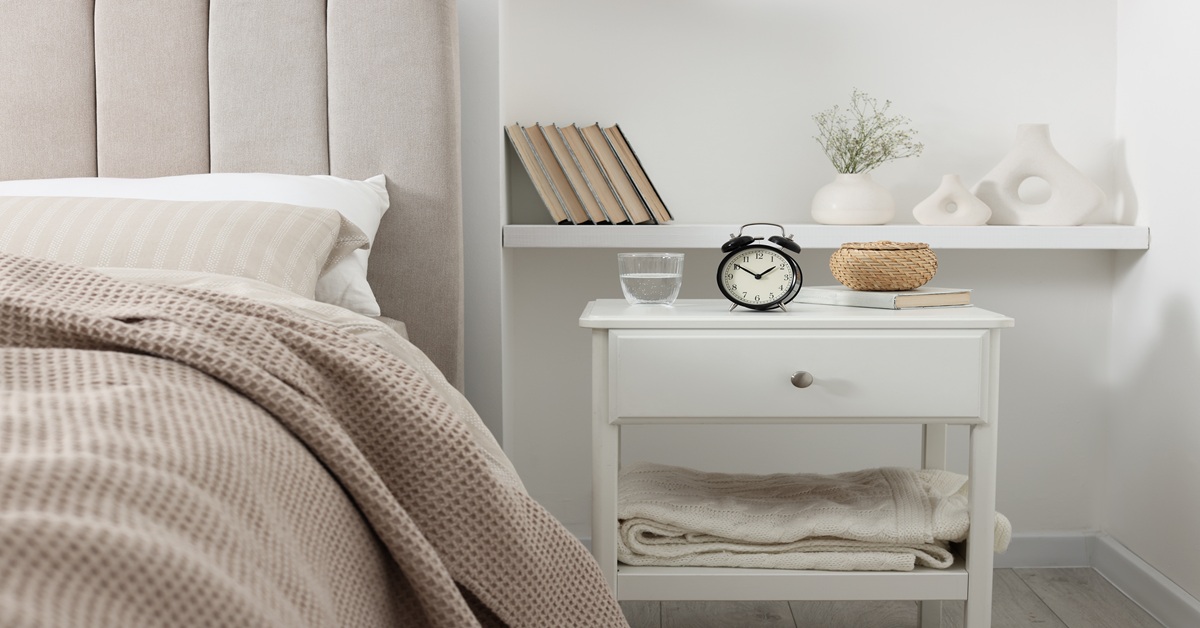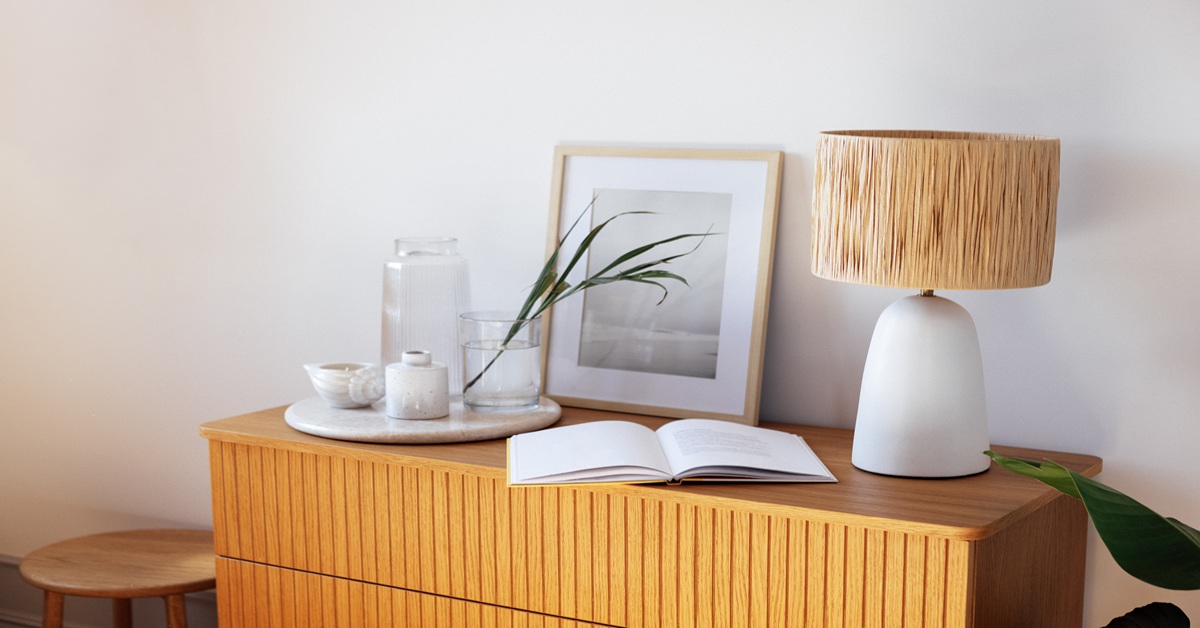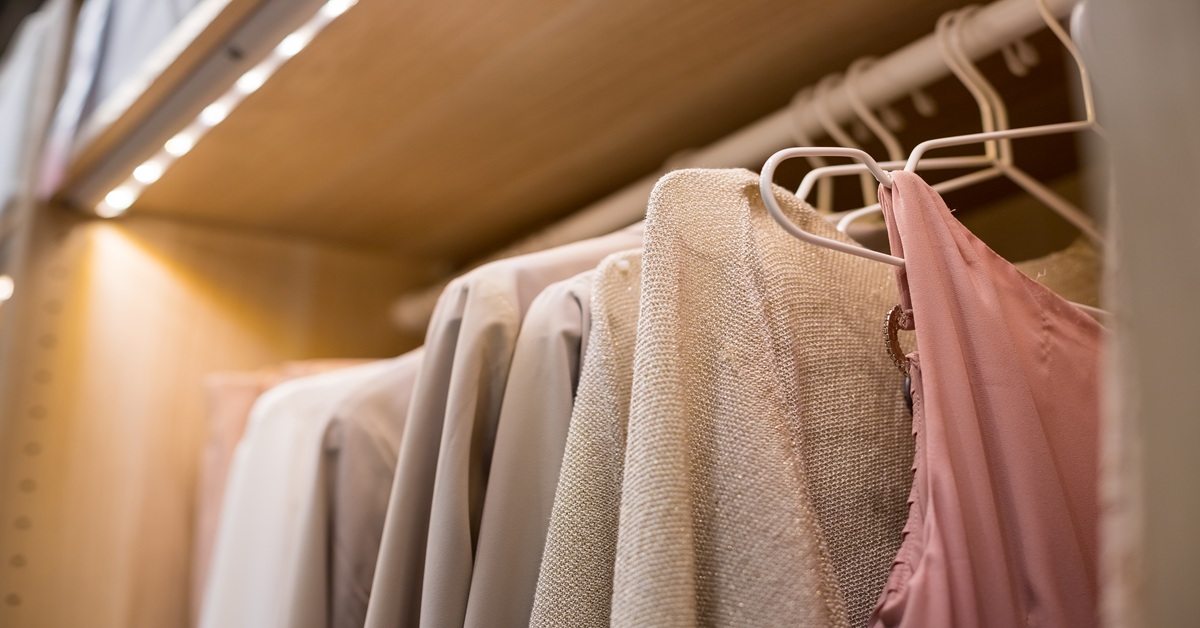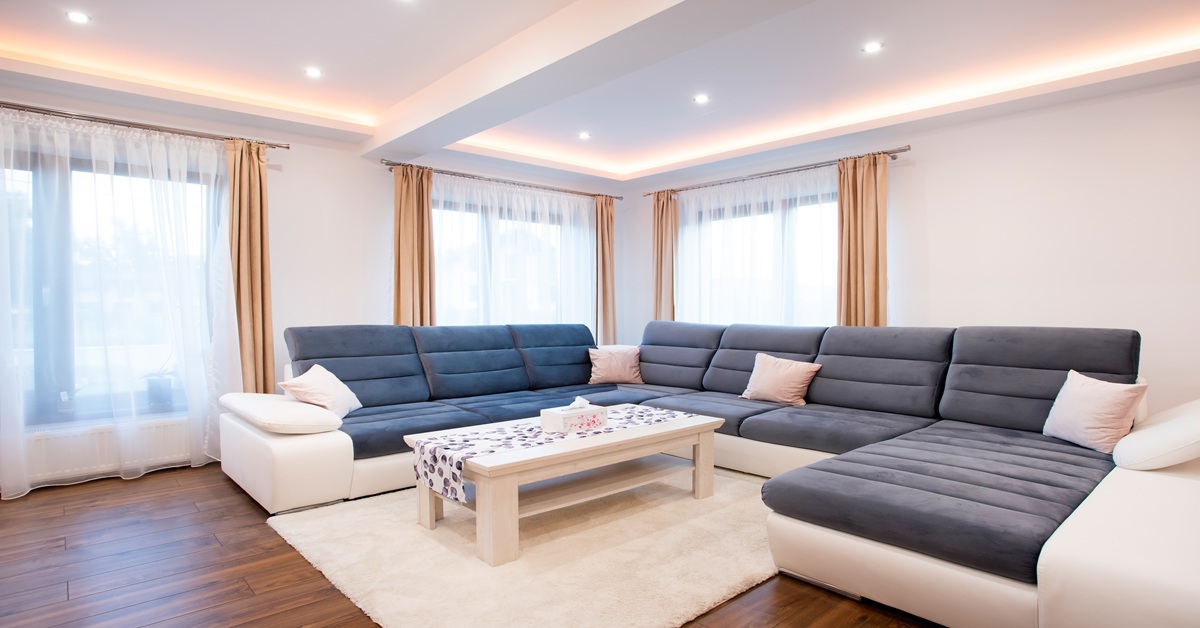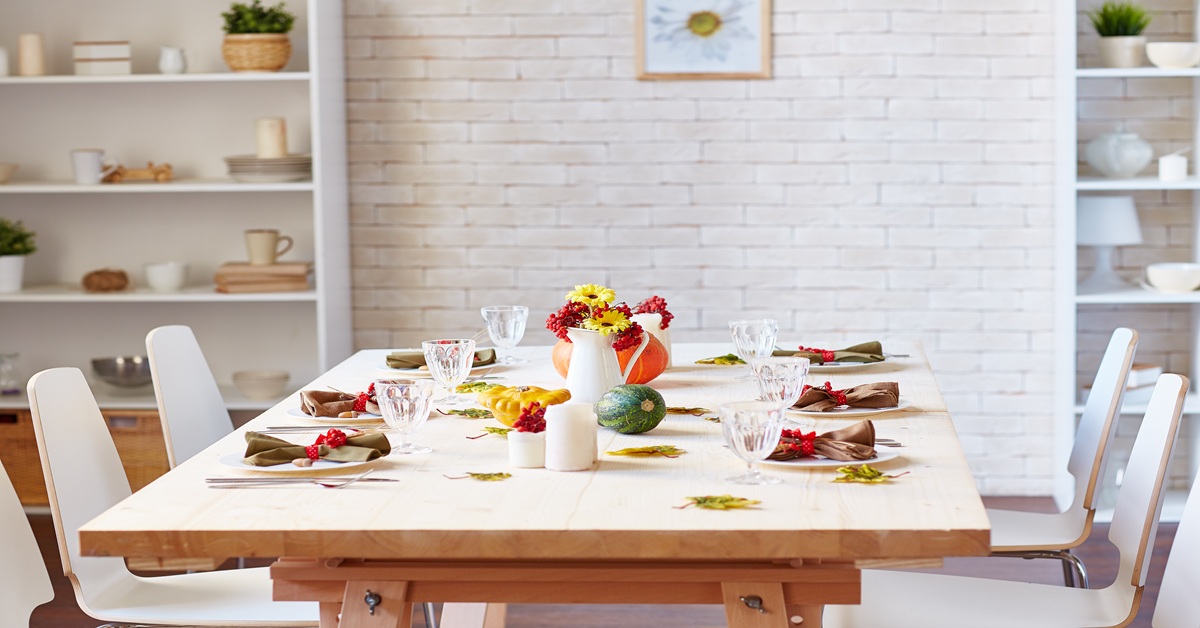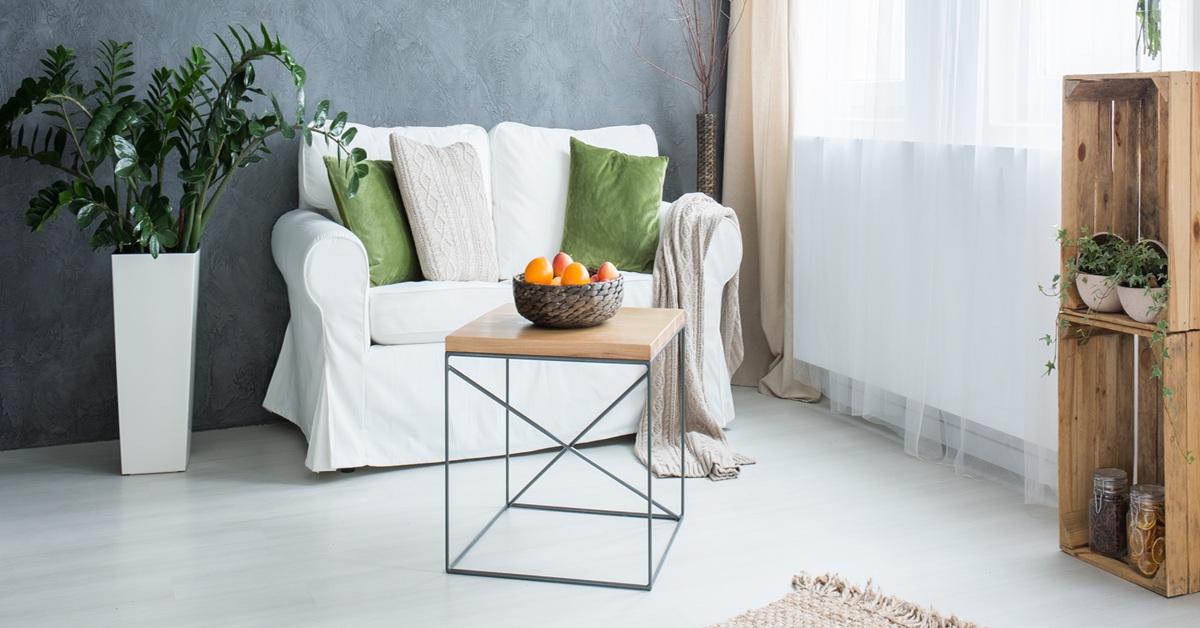
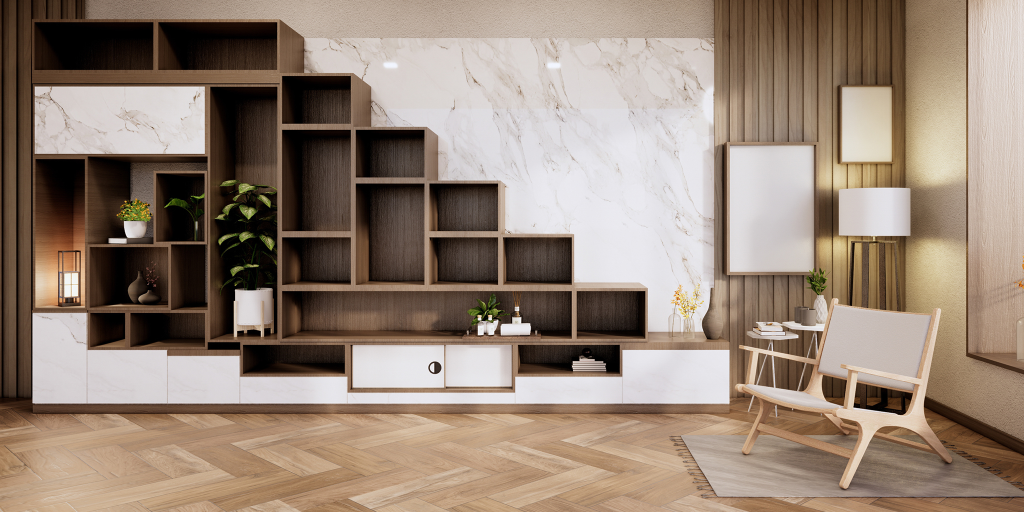
Introduction
People have used solid wood for hundreds of years to show off their wealth and traditional workmanship because it looks nice, has unique grain patterns, and is durable. We’re going to talk about why high-quality plywood is typically the best choice for modern settings. In particular, we will examine what makes a product the best plywood available. We will also talk about what makes BWP plywood’s price go up and why this top grade plywood is a smart choice for situations where it needs to last a long time and not get wet.
Table of Contents
ToggleChoosing the Best Plywood for Interiors
Getting the right plywood for any interior building is important so that it runs smoothly and lasts for a long time. The perfect plywood for your home or business is one that is durable, lasts a long time, and looks great. It should also be able to work with the project.
- BWP Grade: The BWP rating, which stands for “Boiling Waterproof”, is the ideal choice for places that get wet, like kitchens, bathrooms, and laundry rooms. It is kept together by phenolic adhesive, which is durable and doesn’t get wet. It also meets the IS:710 standard. Even if you put it in water for a long duration, it won’t bend or peel off.
- Termite and Borer Resistance: To keep termites, borers, and other wood-eating creatures away, the best plywood is treated with particular chemicals at the factory. If you want your furniture to last for decades, you need to do this. It keeps your money safe and makes you feel good.
- Hardwood Timber Core: The core of plywood is what gives it strength and lets it hold screws. Plywood created from just hardwood trees, like Eucalyptus or Gurjan, lasts longer and is more stable than plywood made from a mix of softwood and hardwood woods.
- Calibrated Plywood: Accuracy is particularly necessary for high-end furniture. High-tech tools are utilised to create measured plywood, which ensures that the whole sheet is the same thickness. This provides a surface that is absolutely flat, which is vital for constructing furniture that looks well, fits together well, and is easy to put together.
Looking for the best plywood to elevate your interiors? Choose materials that last, perform, and look great in every space.
Why Wigwam Offers the Best Plywood
- Superior Core Strength: Our plywood cores are constructed from only the best hardwood, which makes them very strong, stable in size, and able to hold a lot of screws. This is why our plywood is a good choice for many kinds of furniture, from huge trunks to fragile cabinets.
- Advanced Manufacturing Process: Our modern factories use the latest technologies, including measured pressing, to make sure that the core of the plywood is smooth and has no holes in it. This level of accuracy is what makes our boards so easy to use and guarantees that every finish is excellent.
- IS:710 Certification: Wigwam Ply’s BWP grade plywood has been thoroughly tested and certified to satisfy the IS:710 standard, which is the highest standard for waterproof plywood. This means it can handle hot water, which is why it’s great for regions that are rainy and humid.
- Eco-Friendly and Safe: We care about our health and the environment, thus this is safe and beneficial for the environment. We employ low-emission adhesives that meet E0 and E1 standards to build our boards, so they don’t let out much formaldehyde. We also source our wood from plantations that are run in a way that doesn’t hurt the environment.
BWP Plywood Price Explained Simply
- Phenol-Formaldehyde Resin: Formaldehyde Resin is a very expensive phenolic resin that hasn’t been stretched. It holds the pieces of BWP plywood together. This chemical makes the BWP board sturdy enough to handle hot water for a long time and waterproof. The resin affects the pricing of BWP board.
- High-Quality Core and Veneers: The price of BWP plywood will be good if the core and face veneers are good. Some parts are made of softwoods, which makes it more expensive than lower-grade plywood. This is because it isn’t created from hardwood that is very dense and durable.
- Stringent Manufacturing Process: BWP plywood has to go through more than one round of testing and proof to make sure it fulfils the stringent IS:710 standard. This includes measures to keep the product fresh and minimise stress. These things take longer to create, but they are necessary for it to operate properly in the long run.
- Long-Term Value and Warranty: At initially, it costs more, but in the long run, it’s worth it. That’s why it’s so strong and won’t break when it rains, bugs, or becomes humid. Your furniture will endure longer and need fewer costly repairs or replacements. In the long run, this is a superior deal.
Is BWP Plywood Price Worth It?
- Protection for High-Risk Areas: Because BWP plywood is so water-resistant, it should only be used in kitchens, bathrooms, porches, and other wet areas. It can handle water, steam, and moisture, so it won’t bulge or come apart. This protects your furniture from harm that would ruin a cheaper solution.
- Peace of Mind: You can be sure of everything since Wigwam Ply is certified to IS:710 standards and comes with a durability guarantee. You won’t have to worry about your furniture breaking due to humidity or a water leak if you spend more for BWP plywood. That’s one of the best things about it.
- Avoids Future Repair Costs: BWP plywood is less prone to bending, breaking, or being attacked by pests, which means you won’t have to pay for repairs in the future. This means that it will cost less to fix and keep up over time, which makes the original investment seem small compared to what it might cost to buy a product of lower quality.
- Increases Furniture Lifespan: BWP plywood is a stronger and more durable material, so your furniture will last a lot longer. This implies that your cabinets, closets, and other furniture will last for decades, which shows how valuable the BWP plywood price is and protects you from having to buy new stuff too soon.
Want to know what makes the BWP plywood price worth it? Explore the features that protect your furniture for decades.
Conclusion
In the end, real wood furniture appears classic, but nowadays, modern, high-quality plywood, especially BWP Plywood, is the best choice for many things. When you buy plywood from a well-known brand like Wigwam Ply, you’re not just getting plywood; you’re getting a high-quality product that is beneficial for the environment and will last for a long time. This will keep your furniture looking good and performing properly for a long time.
Explore WigwamPly’s high-performance range built for lasting strength, durability, and peace of mind in every project.
FAQ’s
- Is plywood better than solid wood for furniture?
Yes, especially in modern settings. While solid wood looks premium, high-quality plywood like BWP is more stable, water-resistant, and cost-effective for long-term use. - What is BWP plywood, and where should I use it?
BWP stands for Boiling Waterproof plywood. It’s ideal for wet areas like kitchens, bathrooms, utility rooms, and balconies due to its high moisture resistance and long-lasting durability. - Why is BWP plywood more expensive than regular plywood?
BWP plywood uses phenol-formaldehyde resin, high-quality hardwood cores, and goes through stricter manufacturing and testing processes, all of which increase its durability and cost. - How long does BWP plywood last?
When made by a reputed brand like Wigwam and used correctly, BWP plywood can last for decades without warping, swelling, or pest damage, making it a smart long-term investment. - What makes Wigwam plywood different from others?
Wigwam plywood is calibrated for uniform thickness, made from 100% hardwood core, IS:710 certified, and uses eco-friendly adhesives, offering better performance and finish in every application.
